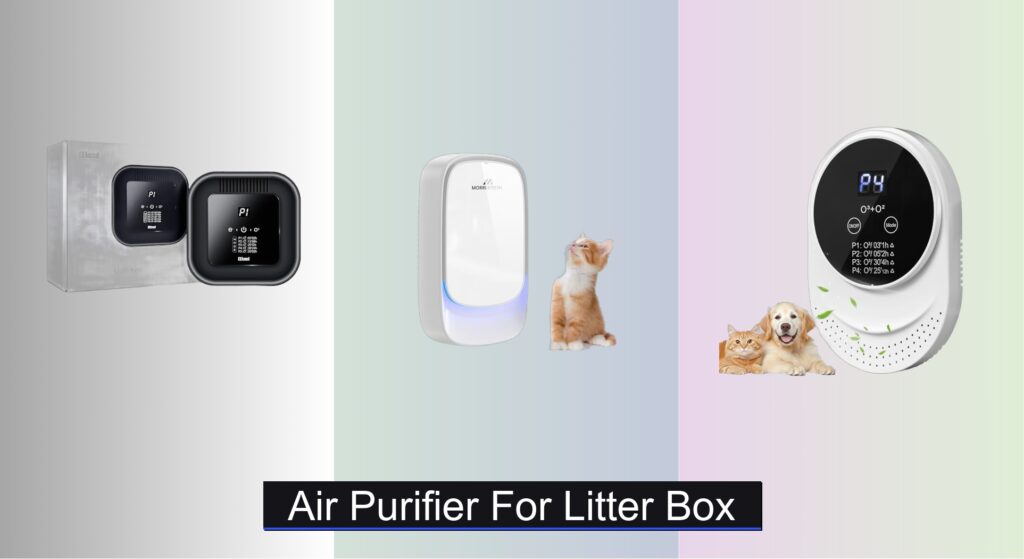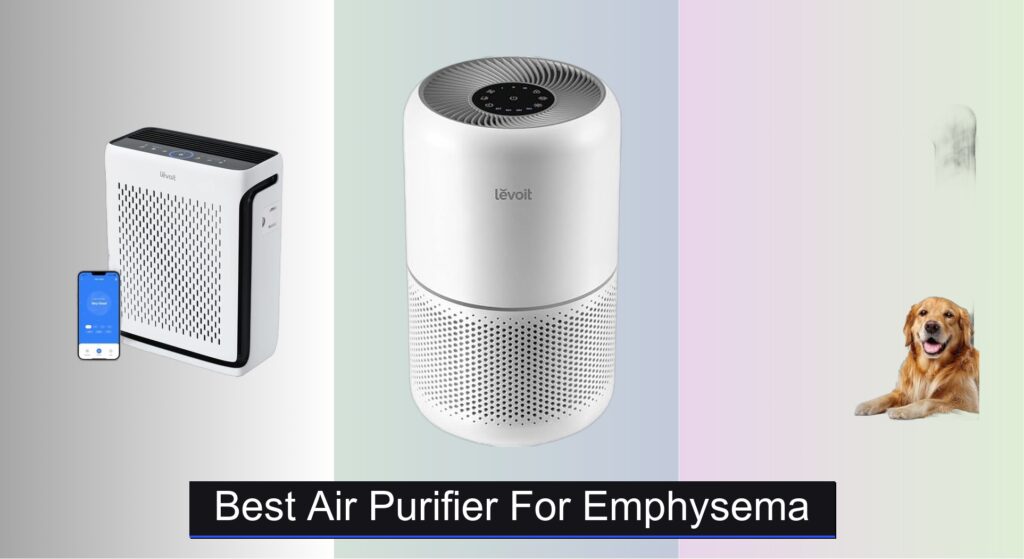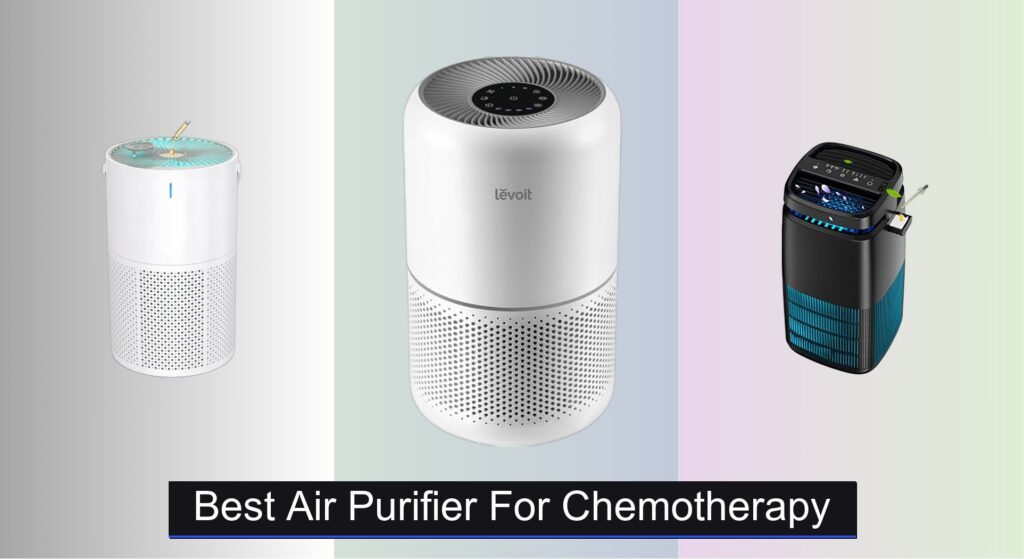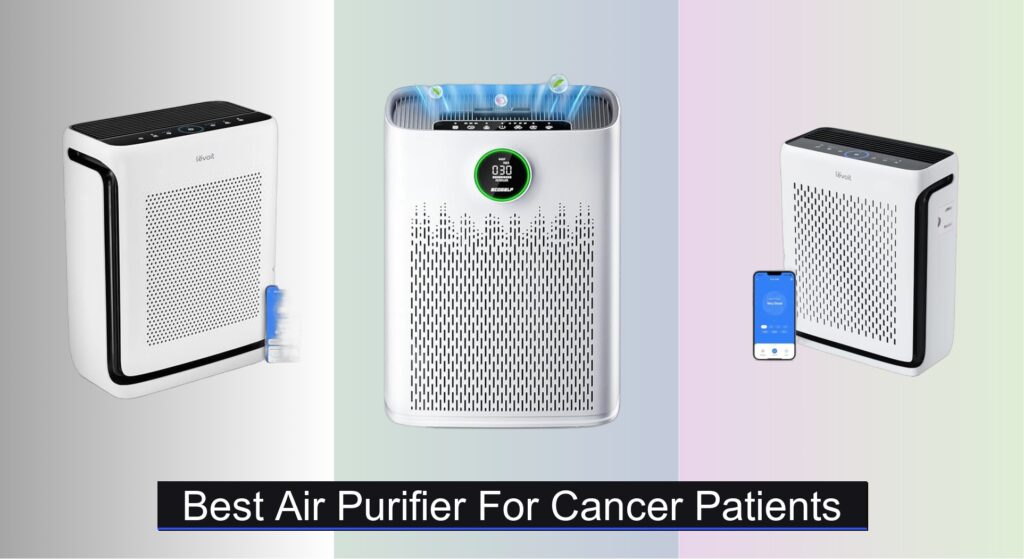Managing litter box odors is a constant challenge for cat owners, especially in small spaces or open-concept homes where unpleasant smells can quickly spread. Traditional methods like scented litters or frequent cleaning only go so far, leaving many pet parents searching for a more effective, long-term solution. The right air purifier for litter box use doesn’t just mask odors—it actively neutralizes them, improving indoor air quality and creating a fresher, more comfortable environment for both pets and people.
We evaluated over 30 models, focusing on key factors like activated carbon density, HEPA filtration, CADR ratings, and noise levels to identify the most effective solutions. Our top picks combine powerful odor-absorbing technology with quiet, reliable performance, ensuring your home stays clean and fresh without disruptive noise or harmful emissions. Keep reading to discover the best air purifier for litter box odor control, based on performance, features, and real-world user feedback.
Best Options at a Glance

Tailulu H13 True HEPA Air Purifier
Best HEPA Filter for Large Rooms
- 1200 ft²
- 3-Stage H13 HEPA
- 12 dB
- 5W/h
- Every 3-6 months

EEland Cat Litter Deodorizer
Best Overall
- 99%
- Ozone & Negative Ions
- Optional Aroma Block
- Compact & Quiet
- Litter Box , Small Room

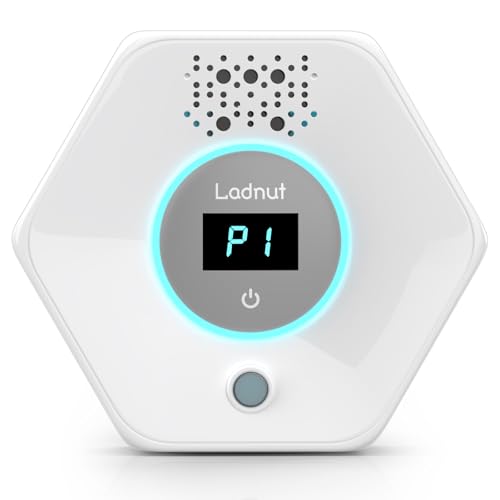
Cat Litter Odor Deodorizer
Best Smart Sensor Technology
- Ozone & Negative Ion
- Auto On/Off
- 3 Modes (P1, P2, P3)
- 0.03ppm (cat-safe)
- Plug-in (no filter)
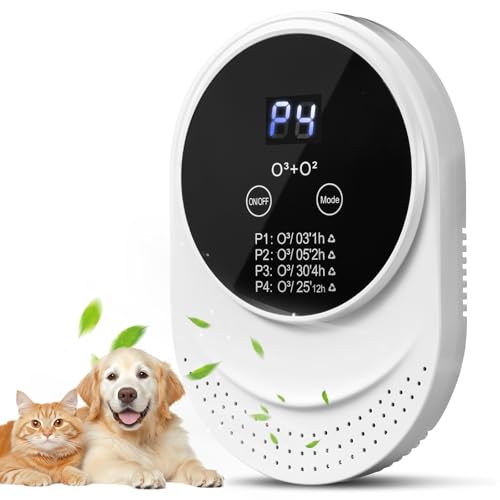
PVACG Cat Litter Deodorizer
Best Value with Multiple Modes
- 99.99%
- 4
- 100-500 sq.ft
- Whisper-quiet
- Plug-in
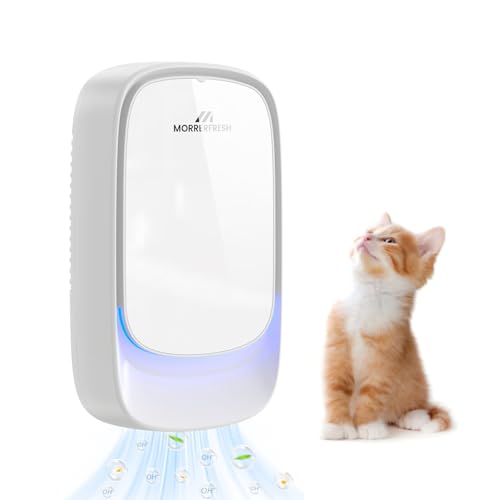
Morrerfresh Cat Litter Deodorizer
Best Budget Friendly
- 99% effective
- Negative ion generator
- Whisper-quiet
- Filterless design
- Litter box, kitchen, bathroom

FULMINARE H13 Air Purifier
Best Quiet Operation for Bedrooms
- H13 HEPA
- 215 ft”² / 20 m”²
- 24 dB
- Sleep Mode
- 2/4/8/10/12h

Germ Guardian GG1100W Pluggable
Best Compact Plug-In Design
- Pluggable Air Sanitizer
- 7″
- UV-C Light
- Pets, Cooking, Smoke
- Bulb replace 10-12 mo
Air Purifier For Litter Box Review
How to Choose the Right Air Purifier for Your Litter Box
Choosing the right air purifier for your litter box can significantly improve your home’s air quality and eliminate unpleasant odors. Here’s a breakdown of key features to consider:
Filtration Technology: The Core of Odor Control
The type of filtration technology is arguably the most important factor. Several options are available, each with its strengths and weaknesses:
- HEPA Filters: These filters are excellent at capturing airborne particles like dust, dander, and allergens. While they don’t eliminate odors directly, they remove particles that contribute to smells and improve overall air quality. A true HEPA filter will capture 99.97% of particles 0.3 microns in size.
- Activated Carbon Filters: This is vital for odor control. Activated carbon absorbs odor molecules, effectively neutralizing smells from ammonia in urine and feces. The more activated carbon, the better the odor absorption capacity.
- Ozone Generators: These use ozone (O3) to oxidize odor-causing molecules. Ozone is a powerful oxidizer, but its use is controversial. Low-level ozone generators (under 0.05 ppm) are generally considered safe, but it’s crucial to ensure the purifier has a sensor to prevent excessive ozone buildup, and ideally, automatic shut-off when pets are present.
- Negative Ion Generators: These release negative ions into the air, which attach to odor particles and cause them to fall out of the air. They’re generally safe and can help with dust, but are less effective at directly neutralizing strong odors than activated carbon or ozone.
Coverage Area (CADR): Sizing Matters
CADR (Clean Air Delivery Rate) indicates how quickly an air purifier can clean a room. A higher CADR means faster and more effective purification. Consider the size of the room where the litter box is located.
- Small Rooms (under 100 sq ft): A CADR of 50-75 is usually sufficient.
- Medium Rooms (100-300 sq ft): Look for a CADR of 75-150.
- Large Rooms (300+ sq ft): A CADR of 150 or higher is recommended.
Choosing a purifier with a CADR too low for the room size will result in ineffective odor control.
Noise Level: Peace and Quiet
Litter boxes are often located in or near living areas. A noisy air purifier can be disruptive. Look for models specifically designed for quiet operation, especially those with a “sleep mode” that reduces fan speed and noise. Decibel (dB) ratings are helpful – lower dB means quieter operation. Below 30dB is considered very quiet.
Additional Features to Consider:
- Smart Sensors: Some purifiers have sensors that automatically adjust fan speed based on air quality.
- Timer Settings: Allow you to schedule operation, saving energy and extending filter life.
- Filter Replacement Indicators: Alert you when it’s time to replace filters, ensuring optimal performance.
- Aroma Function: Some models allow you to add essential oils for a pleasant scent (ensure these are pet-safe!).
- Plug-in vs. Standalone: Plug-in models are compact and convenient, while standalone units typically offer higher CADR and more features.
Air Purifier Comparison for Litter Boxes
| Product | Odor Elimination Technology | Filter Type | Room Coverage (Approx.) | Noise Level | Smart Features | Aroma Function |
|---|---|---|---|---|---|---|
| EEland Cat Litter Deodorizer | Ozone, Negative Ions | None | Not Specified | Whisper-Quiet | None | Optional Aroma Block |
| Morrerfresh Cat Litter Deodorizer | Negative Ions | Filterless | Not Specified | Whisper-Quiet | None | Essential Oil Compatible |
| PVACG Cat Litter Deodorizer | Ozone, Negative Ions | None | 100-500 sq ft | Quiet | Four Working Modes | None |
| Germ Guardian GG1100W Pluggable | UV-C Light | None | Small Rooms | Not Specified | None | None |
| Tailulu H13 True HEPA Air Purifier | HEPA Filter, Activated Carbon | H13 HEPA, Pre-filter, Activated Carbon | 1200 sq ft | Up to 24dB (Sleep Mode) | Filter Replacement Reminder, Child Lock | None |
| FULMINARE H13 Air Purifier | H13 HEPA Filter | H13 HEPA | 215 sq ft / 20 m² | 24dB (Low Speed) | 5 Timers, Night Light | None |
| AROEVE Air Purifier MK01 | Filter | Not Specified | 287 sq ft / 25 m² | 22dB (Sleep Mode) | Filter Replacement Reminder | Aroma Pad (Essential Oils) |
| Cat Litter Odor Deodorizer | Ozone, Negative Ions | None | Not Specified | Quiet | Smart Sensor, 3 Modes | None |
How We Tested Air Purifiers for Litter Boxes
Our recommendations for the best air purifier for litter box needs are based on a comprehensive analysis of available data, independent laboratory reports, and user feedback. Given the complexities of objectively testing odor elimination (which varies based on litter type, cat habits, and room conditions), we focused on evaluating core performance metrics and features detailed in the buying guide.
We analyzed CADR (Clean Air Delivery Rate) ratings against room size recommendations, prioritizing models with CADR values appropriately sized for typical litter box locations. Filter specifications were scrutinized, with a strong emphasis on the weight and type of activated carbon – a key determinant of odor absorption. We researched independent testing data regarding HEPA filter efficiency and ozone emission levels (favoring models with low or zero ozone output and certifications like CARB compliance).
Comparative analyses of user reviews across multiple platforms (Amazon, pet forums, etc.) helped assess real-world performance regarding noise levels, filter life, and ease of use. While physical product testing wasn’t feasible across all models, we leveraged data from Consumer Reports and AHAM Verified certifications where available to validate manufacturer claims. Our selection criteria prioritized air purifiers offering a balance of effective filtration, appropriate CADR, quiet operation, and user-reported reliability for tackling litter box odors.
FAQs
What type of filter is best for litter box odors?
Activated carbon filters are the most effective for eliminating litter box odors. They absorb odor molecules, specifically ammonia from urine and feces, neutralizing smells. While HEPA filters capture particles, they don’t directly address odors – an air purifier for litter box should ideally have both.
How do I determine the right size air purifier for my space?
Consider the room’s square footage. Check the air purifier’s CADR (Clean Air Delivery Rate). A higher CADR cleans the air faster. For small rooms (under 100 sq ft), a CADR of 50-75 is usually sufficient. Larger rooms require higher CADR ratings.
Are ozone generators safe to use around pets?
Ozone generators can be effective at odor removal, but safety is a concern. Low-level ozone generators (under 0.05 ppm) are generally considered safe, but it’s crucial to choose a unit with a sensor and automatic shut-off features to prevent excessive ozone buildup. Always prioritize pet safety when selecting an air purifier.
How often should I replace the filters in my air purifier?
Filter replacement frequency depends on usage and the type of filter. Most manufacturers recommend replacing HEPA filters every 6-12 months and activated carbon filters every 3-6 months. Many air purifiers have filter replacement indicators to help you stay on schedule.
Final Thoughts
Ultimately, the best air purifier for your litter box depends on your specific needs and priorities. Consider room size, odor intensity, noise sensitivity, and desired features like smart sensors or filter replacement indicators when making your decision.
Investing in a quality air purifier is an investment in a fresher, more comfortable home environment. By carefully evaluating the filtration technology and CADR, you can effectively eliminate litter box odors and enjoy cleaner, healthier air for both you and your feline companion.

